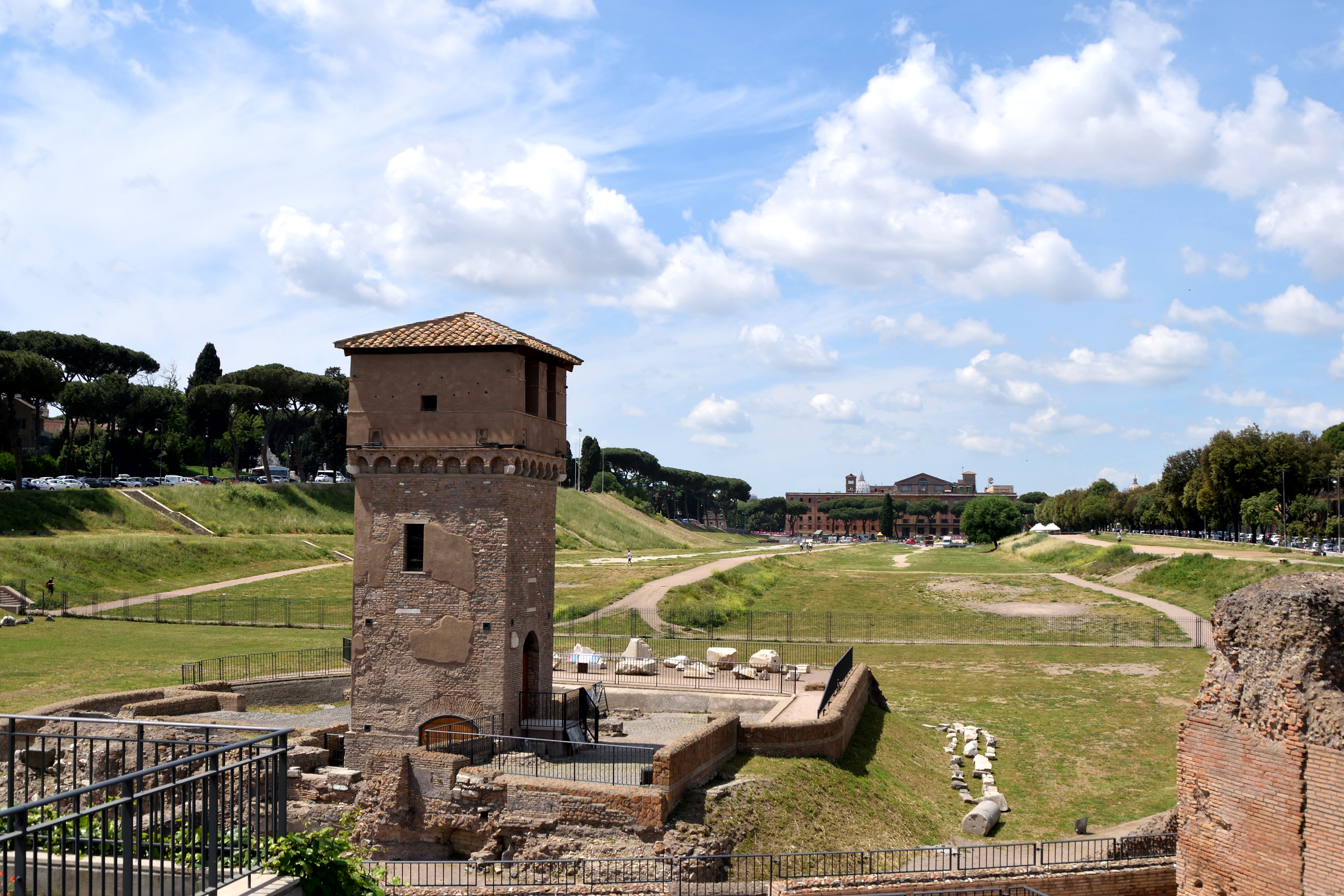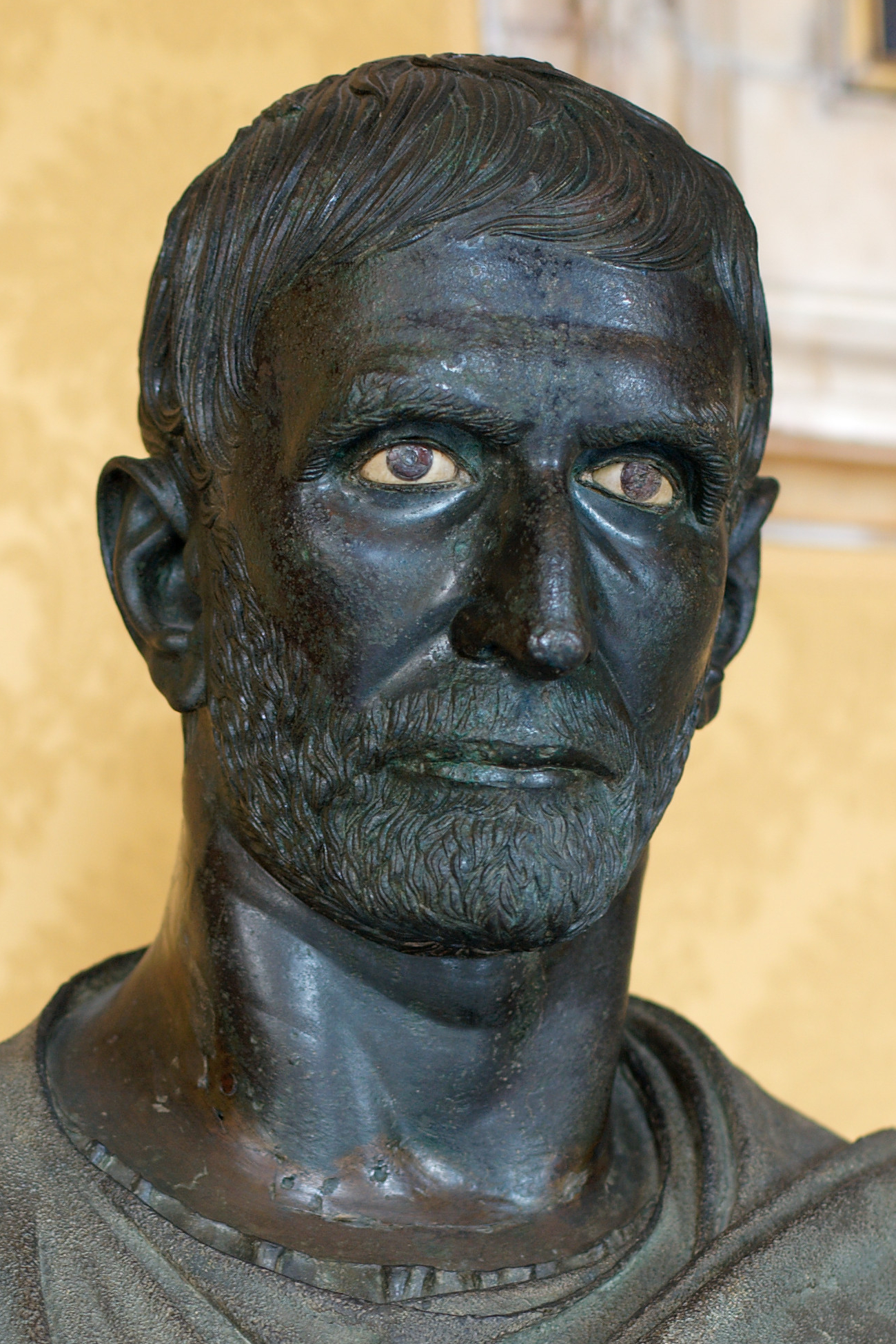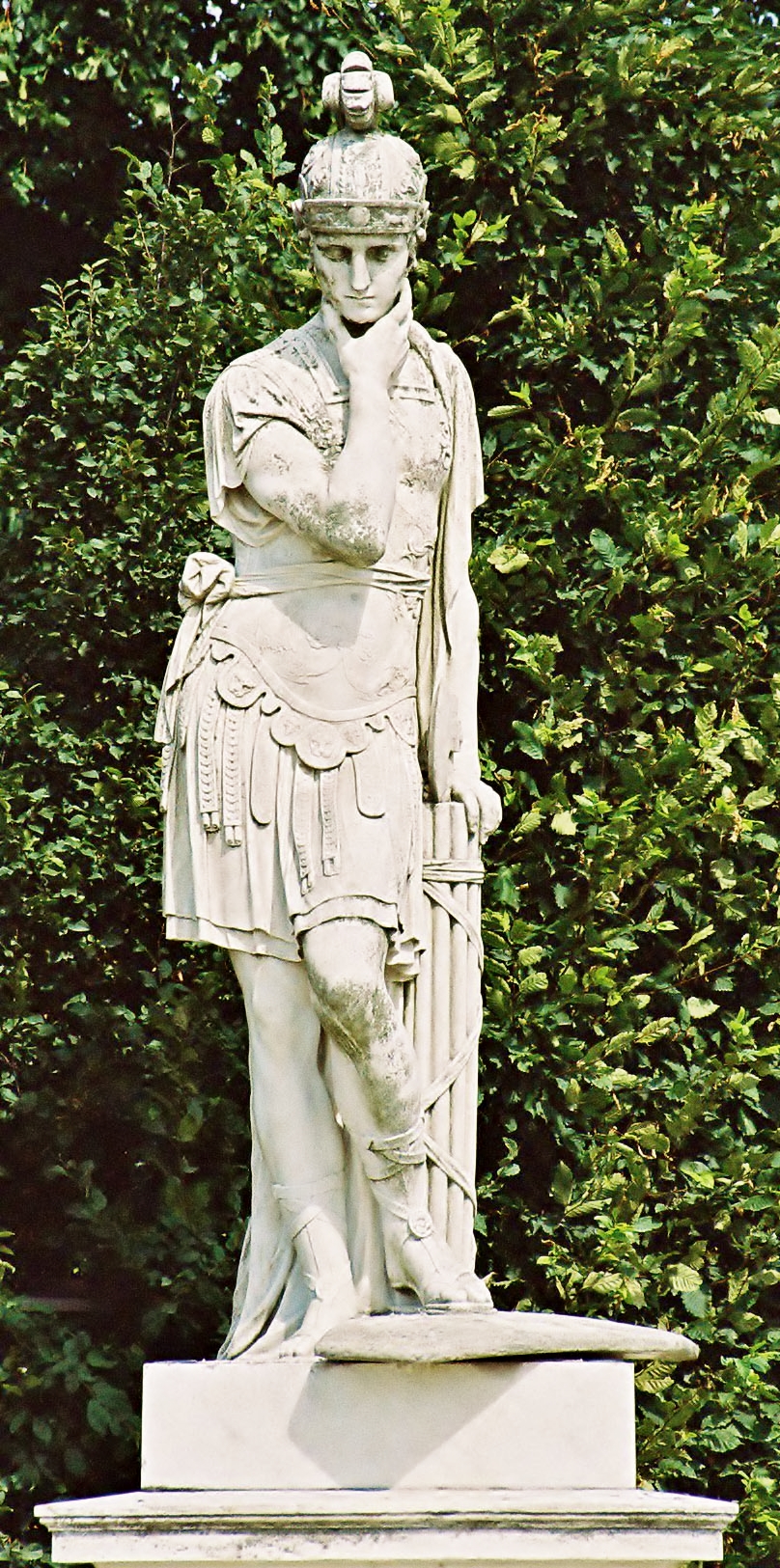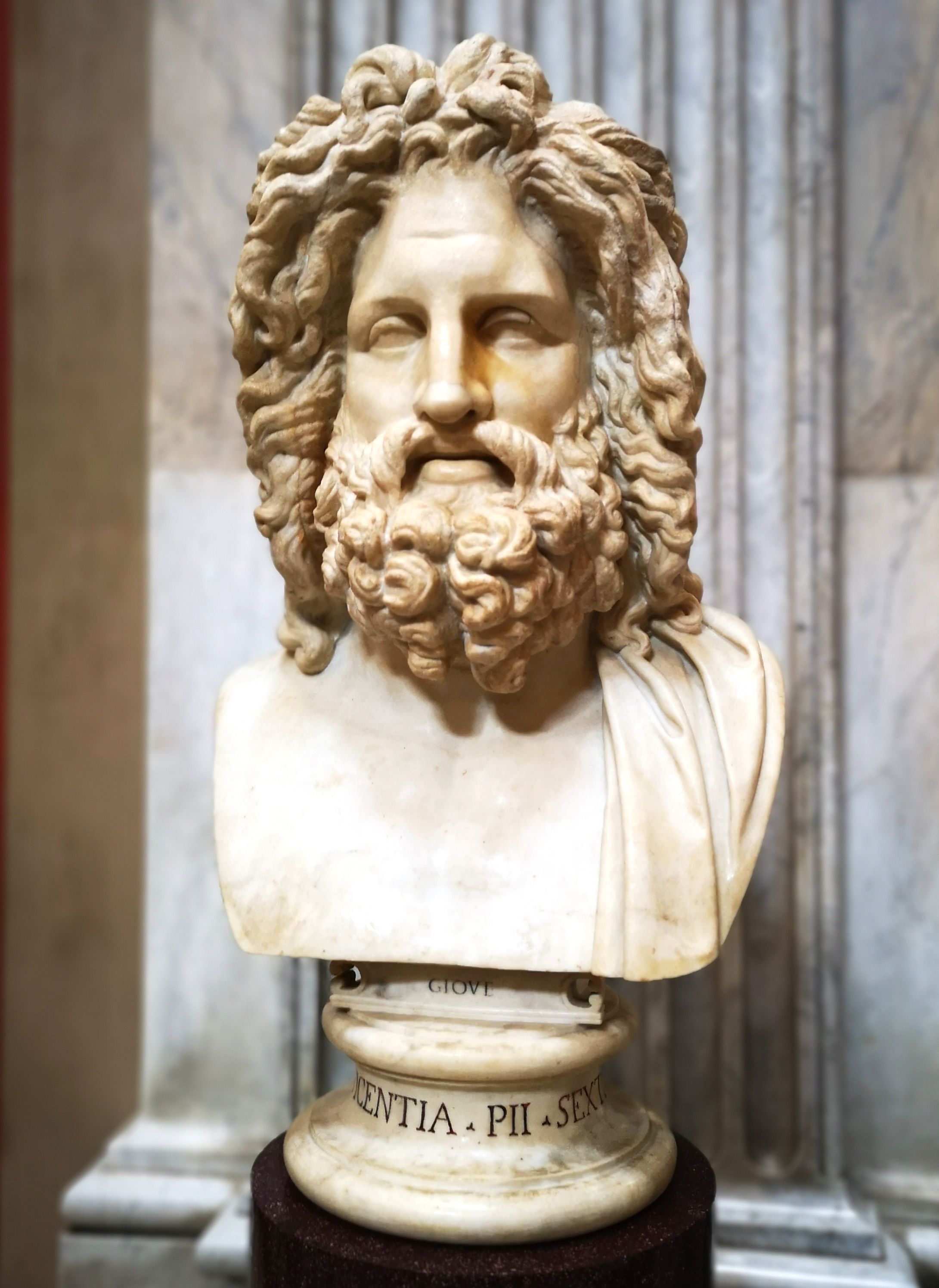|
Curule
A curule seat is a design of a (usually) foldable and transportable chair noted for its uses in Ancient Rome and Europe through to the 20th century. Its status in early Rome as a symbol of political or military power carried over to other civilizations, as it was also used in this regard by kings in Europe, Napoleon, and others. History Ancient Rome In the Roman Republic and the Roman Empire, the curule chair (''sella curulis'', supposedly from ''currus'', "chariot") was the seat upon which magistrates holding ''imperium'' were entitled to sit. This includes dictators, '' magistri equitum'', consuls, praetors, ''curule aediles'', and the promagistrates, temporary or ''de facto'' holders of such offices. Additionally, the censors and the flamen of Jupiter ( Flamen Dialis) were also allowed to sit on a curule seat, though these positions did not hold ''imperium''. Livy writes that the three '' flamines maiores'' or high priests of the Archaic Triad of major gods were each gran ... [...More Info...] [...Related Items...] OR: [Wikipedia] [Google] [Baidu] |
Curule Aedile
''Aedile'' ( ; la, aedīlis , from , "temple edifice") was an elected office of the Roman Republic. Based in Rome, the aediles were responsible for maintenance of public buildings () and regulation of public festivals. They also had powers to enforce public order and duties to ensure the city of Rome was well supplied and its civil infrastructure well maintained, akin to modern local government. There were two pairs of aediles: the first were the "plebeian aediles" (Latin ''aediles plebis'') and possession of this office was limited to plebeians; the other two were "curule aediles" (Latin ''aediles curules''), open to both plebeians and patricians, in alternating years. An ''aedilis curulis'' was classified as a ''magister curulis''. The office of the aedilis was generally held by young men intending to follow the '' cursus honorum'' to high political office, traditionally after their quaestorship but before their praetorship. It was not a compulsory part of the cursus, and hence ... [...More Info...] [...Related Items...] OR: [Wikipedia] [Google] [Baidu] |
Imperium
In ancient Rome, ''imperium'' was a form of authority held by a citizen to control a military or governmental entity. It is distinct from '' auctoritas'' and '' potestas'', different and generally inferior types of power in the Roman Republic and Empire. One's ''imperium'' could be over a specific military unit, or it could be over a province or territory. Individuals given such power were referred to as curule magistrates or promagistrates. These included the curule aedile, the praetor, the consul, the magister equitum, and the dictator. In a general sense, ''imperium'' was the scope of someone's power, and could include anything, such as public office, commerce, political influence, or wealth. Ancient Rome ''Imperium'' originally meant absolute or kingly power—the word being derived from the Latin verb ''imperare'' (to command)—which became somewhat limited under the Republic by the collegiality of the republican magistrates and the right of appeal, or '' provoca ... [...More Info...] [...Related Items...] OR: [Wikipedia] [Google] [Baidu] |
Circus Maximus
The Circus Maximus ( Latin for "largest circus"; Italian: ''Circo Massimo'') is an ancient Roman chariot-racing stadium and mass entertainment venue in Rome, Italy. In the valley between the Aventine and Palatine hills, it was the first and largest stadium in ancient Rome and its later Empire. It measured in length and in width and could accommodate over 150,000 spectators. In its fully developed form, it became the model for circuses throughout the Roman Empire. The site is now a public park. Events and uses The Circus was Rome's largest venue for '' ludi'', public games connected to Roman religious festivals. ''Ludi'' were sponsored by leading Romans or the Roman state for the benefit of the Roman people (''populus Romanus'') and gods. Most were held annually or at annual intervals on the Roman calendar. Others might be given to fulfil a religious vow, such as the games in celebration of a triumph. In Roman tradition, the earliest triumphal ''ludi'' at the ... [...More Info...] [...Related Items...] OR: [Wikipedia] [Google] [Baidu] |
Roman Censor
The censor (at any time, there were two) was a magistrate in ancient Rome who was responsible for maintaining the census, supervising public morality, and overseeing certain aspects of the government's finances. The power of the censor was absolute: no magistrate could oppose his decisions, and only another censor who succeeded him could cancel those decisions. The censor's regulation of public morality is the origin of the modern meaning of the words ''censor'' and ''censorship''. Early history of the magistracy The ''census'' was first instituted by Servius Tullius, sixth king of Rome, BC. After the abolition of the Kingdom of Rome, monarchy and the founding of the Republic in 509 BC, the Roman consul, consuls had responsibility for the census until 443 BC. In 442 BC, no consuls were elected, but tribunes with consular power were appointed instead. This was a move by the plebeians to try to attain higher magistracies: only Patrician (ancient Rome), patricians could be electe ... [...More Info...] [...Related Items...] OR: [Wikipedia] [Google] [Baidu] |
Roman Dictator
A Roman dictator was an extraordinary magistrate in the Roman Republic endowed with full authority to resolve some specific problem to which he had been assigned. He received the full powers of the state, subordinating the other magistrates, consuls included, for the specific purpose of resolving that issue, and that issue only, and then dispensing with those powers forthwith. Dictators were still controlled and accountable during their terms in office: the Senate still exercised some oversight authority and the right of plebeian tribunes to veto his actions or of the people to appeal from them was retained. The extent of a dictator's mandate strictly controlled the ends to which his powers could be directed. Dictators were also liable to prosecution after their terms completed. Dictators were frequently appointed from the earliest period of the Republic down to the Second Punic War (218–201 BC), but the magistracy then went into abeyance for over a century. It was late ... [...More Info...] [...Related Items...] OR: [Wikipedia] [Google] [Baidu] |
Roman Republic
The Roman Republic ( la, Res publica Romana ) was a form of government of Rome and the era of the classical Roman civilization when it was run through public representation of the Roman people. Beginning with the overthrow of the Roman Kingdom (traditionally dated to 509 BC) and ending in 27 BC with the establishment of the Roman Empire, Rome's control rapidly expanded during this period—from the city's immediate surroundings to hegemony over the entire Mediterranean world. Roman society under the Republic was primarily a cultural mix of Latin and Etruscan societies, as well as of Sabine, Oscan, and Greek cultural elements, which is especially visible in the Roman Pantheon. Its political organization developed, at around the same time as direct democracy in Ancient Greece, with collective and annual magistracies, overseen by a senate. The top magistrates were the two consuls, who had an extensive range of executive, legislative, judicial, military, and religious powe ... [...More Info...] [...Related Items...] OR: [Wikipedia] [Google] [Baidu] |
Roman Dictator
A Roman dictator was an extraordinary magistrate in the Roman Republic endowed with full authority to resolve some specific problem to which he had been assigned. He received the full powers of the state, subordinating the other magistrates, consuls included, for the specific purpose of resolving that issue, and that issue only, and then dispensing with those powers forthwith. Dictators were still controlled and accountable during their terms in office: the Senate still exercised some oversight authority and the right of plebeian tribunes to veto his actions or of the people to appeal from them was retained. The extent of a dictator's mandate strictly controlled the ends to which his powers could be directed. Dictators were also liable to prosecution after their terms completed. Dictators were frequently appointed from the earliest period of the Republic down to the Second Punic War (218–201 BC), but the magistracy then went into abeyance for over a century. It was late ... [...More Info...] [...Related Items...] OR: [Wikipedia] [Google] [Baidu] |
Flamen
A (plural ''flamens'' or ''flamines'') was a priest of the ancient Roman religion who was assigned to one of eighteen deities with official cults during the Roman Republic. The most important of these were the three (or "major priests"), who served the important Roman gods Jupiter, Mars, and Quirinus. The remaining twelve were the ("lesser priests"). Two of the served deities whose names are now unknown; among the others are deities about whom little is known other than the name. During the Imperial era, the cult of a deified emperor () also had a flamen. The fifteen Republican flamens were members of the Pontifical College, who administered state-sponsored religion. When the office of flamen was vacant, a could serve as a temporary replacement, although only the is known to have substituted for the , one of the . Etymology The etymology of remains obscure, and perhaps undecidable. Andrew Sihler ''New Comparative Grammar of Greek and Latin,'' Oxford University Press 199 ... [...More Info...] [...Related Items...] OR: [Wikipedia] [Google] [Baidu] |
Jupiter (god)
Jupiter ( la, Iūpiter or , from Proto-Italic "day, sky" + "father", thus " sky father" Greek: Δίας or Ζεύς), also known as Jove ( gen. ''Iovis'' ), is the god of the sky and thunder, and king of the gods in ancient Roman religion and mythology. Jupiter was the chief deity of Roman state religion throughout the Republican and Imperial eras, until Christianity became the dominant religion of the Empire. In Roman mythology, he negotiates with Numa Pompilius, the second king of Rome, to establish principles of Roman religion such as offering, or sacrifice. Jupiter is usually thought to have originated as a sky god. His identifying implement is the thunderbolt and his primary sacred animal is the eagle, which held precedence over other birds in the taking of auspices and became one of the most common symbols of the Roman army (see Aquila). The two emblems were often combined to represent the god in the form of an eagle holding in its claws a thunderbolt, frequent ... [...More Info...] [...Related Items...] OR: [Wikipedia] [Google] [Baidu] |
Flamen
A (plural ''flamens'' or ''flamines'') was a priest of the ancient Roman religion who was assigned to one of eighteen deities with official cults during the Roman Republic. The most important of these were the three (or "major priests"), who served the important Roman gods Jupiter, Mars, and Quirinus. The remaining twelve were the ("lesser priests"). Two of the served deities whose names are now unknown; among the others are deities about whom little is known other than the name. During the Imperial era, the cult of a deified emperor () also had a flamen. The fifteen Republican flamens were members of the Pontifical College, who administered state-sponsored religion. When the office of flamen was vacant, a could serve as a temporary replacement, although only the is known to have substituted for the , one of the . Etymology The etymology of remains obscure, and perhaps undecidable. Andrew Sihler ''New Comparative Grammar of Greek and Latin,'' Oxford University Press 199 ... [...More Info...] [...Related Items...] OR: [Wikipedia] [Google] [Baidu] |
Manius Valerius Maximus
Manius Valerius Maximus was Roman dictator in 494 BC during the first secession of the plebs. His brothers were Publius Valerius Publicola and Marcus Valerius Volusus. They were said to be the sons of Volesus Valerius.Livy, ''Ab urbe condita'', 2.30 Appointment as dictator During the period of popular discontent in Rome which led to the First secessio plebis, the Volsci, Sabines and the Aequi took up arms against Rome at the same time. To meet the threat and because of the popular political concerns at the time, in 494 BC Valerius was appointed dictator by the Roman senate. He was said to have been chosen because of his moderate temper. His appointment was accepted by the people because of the popularity of his late brother Publius. Resolution of military affairs Valerius called for conscripts and the people responded positively. Ten legions (about 45,000 men) were raised, a greater number than had been raised previously at any one time. Four of these legions were ass ... [...More Info...] [...Related Items...] OR: [Wikipedia] [Google] [Baidu] |






